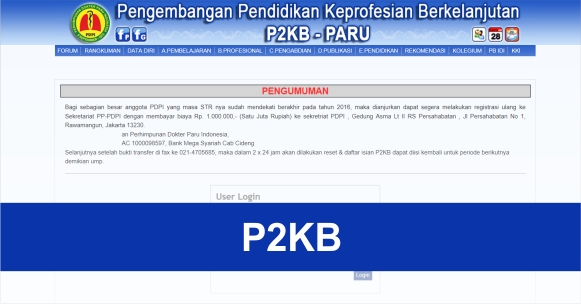Collateral Ventilation by Diffusion Across the Alveolar Walls and the Exchange of Inert Gases in the Lung
Abstract
The underlying hypothesis of this study is that collateral ventilation by diffusion of occluded air spaces in the lungs of patients with chronic obstructive pulmonary disease (COPD) may play a substantial role in the pulmonary gas exchange of these patients. Using a related lung model we have simulated: a) the multiple-breath washout of helium (He) and sulphur hexafluoride (SF6) from the alveolar space, and b) the washout of inert tracer gases with different blood-gas partition coefficients, range 0.01-330, from mixed venous blood. These computations were carried out for different values of the collateral diffusion capacity (CDC). Next, the results obtained at each individual value of CDC were used to compute the breath number (NCR) at the crossing-over of the He-SF6 washout curves and the inert gas shunt fraction QS/QC. NCR and QS/QC range up to about 100 and 0.04, respectively, when CDCSF6 ranges down to about 0.1 ml.min-1.mmHg-1. These ranges for NCR and QS/QC, and the typical finding of relatively large values for NCR in combination with small values for QS/QC, are also reported in the literature for patients with COPD. These agreements thus support our hypothesis. In line with the small values for QS/QC, our results further indicate that even large, well-perfused, occluded air spaces in the lung will hardly affect the recovered ventilation/perfusion distribution obtained from inert gas data when CDCSF6 exceeds 0.1 ml.min-1.mmHg-1.











